The Y20s is a pretty basic budget phone, but fantastic battery life and a strong software experience will make it a great choice for many.
Should I Buy The Vivo Y20s?
Pros
- Outstanding battery life
- Simple software
- Attractive design
Cons
- 720p, 60Hz display
- Basic camera
- Micro-USB
Our Verdict
Price When Reviewed
- £149 (about $200)
Vivo may be one of the most established tech brands in China, and well-known in other parts of Asia, but it’s a relatively new player in Europe.
The Y20s is the cheapest of the four phones the company launched in the old world in late 2020, with a UK price of just £149 - affordable even by most budget phone standards.
For your money you get a decent design, long-lasting battery, and impressive software support – the Y20s beat many 2020 flagships to get an update to Android 11. On the flipside, the camera’s a bit basic, the display definitely doesn’t match rivals for specs, and you’ll have to put up with a Micro-USB port.
As with any phone at this price though, compromises are inevitable – you've just got to decide if Vivo’s priorities with the Y20s match yours.
Design & Build
Cheap phones don’t often look like much, but Vivo has done a decent job of extending its flagship design philosophy down to the little guys.
A 6.51in display means the phone as a whole isn’t quite compact, but with a relatively thin bezel it’s still comfortable to hold – and at 8.4mm thick it’s actually a pretty slender device, especially compared to other affordable rivals.
You do get a headphone jack, but one major downside is a Micro-USB port for charging – just about acceptable for a £149 phone, but USB-C is fast becoming the standard elsewhere even in this budget segment.
A fingerprint sensor is included along the side of the phone, built into the power button, and works reliably enough.
There’s no official waterproofing rating to speak of, and the display isn’t coated with Gorilla Glass, which makes durability a slight concern. You’ll probably want to use a screen protector or a case – neither of which are included unfortunately.
Display
The screen is perhaps the first obvious shortcoming of the Y20s. The 6.51in panel is basic on three counts: it’s LCD, not OLED; it’s 60Hz, not 90- or 120Hz; and it’s 720p, rather than Full HD.
Any one of these on its own wouldn’t be a dealbreaker, but all three together make the Y20s feel unnecessarily stripped back.
But if you want your photos to really pop or to make the most of your Netflix sub, then be aware that there are other phones around this price that will deliver more visual bang for your buck.
Specs & Performance
It’s a similar story inside the phone, where you’ll find a Snapdragon 460, with 4GB of RAM and 128GB storage.
The storage is surprisingly generous for a budget handset – 64GB would be more typical – and especially given that there’s also a microSD slot to expand the capacity even further.
The chipset and RAM are less appealing though, and you can see the impact in our benchmark results, where the Y20s lags behind most other devices in the same price tier.
Day-to-day, the impact on performance is noticeable but not extreme. The phone lags a bit from time to time, and the limited RAM makes multi-tasking difficult – the phone can only keep a few apps open in memory at a time.
Lean software helps here though – more on that below – and so in fact the phone rarely feels too sluggish. It’s not fast, but in contrast to some cheaper phones I never found myself frustrated by slow loading or apps freezing. You may find you hardly notice it at all.
It’s worth noting that the Y20s is limited to 4G support – no 5G – and it also lacks NFC, which means you can’t use the phone to make contactless payments.
Battery & Charging
If at this point you’re feeling a little underwhelmed by the Y20s, then fear not: it has an ace up its sleeve.
The phone got the best result we’ve ever seen in the PCMark battery test, and among the highest in the separate Geekbench 4 battery benchmark.
Translated to real world use, you’re look at two days’ use easy, and with lighter use the phone stretched to three or even four days on occasion. Batteries tend to last longer in cheaper phones, which use lower power component, but even so - this is exceptional.
Charging is perhaps less exciting, but still decent enough – the 18W fast charging topped the phone battery up by 30% in half an hour. Thanks to the excellent longevity, that should be the best part of a day’s use for most, however.
Camera
The camera spec here is basic, but functional. Vivo pitches the Y20s as a triple-camera phone, but really there’s only one lens that matters – the other two rear lenses are a depth sensor and a macro, so won’t see much direct use.
The main lens is a 13Mp, f/2.2 shooter. In good light the results are honestly solid, if not spectacular. Whether it’s shots of food, landscapes, or people you’ll get bright, punchy, and crisp images that look good enough to throw on social media. Dig deeper and you’ll find a bit of noise and grain in the background, but only if you really hunt for it.
There is a portrait option on the main camera using the depth sensor, which actually does a decent job, though there’s a touch of excessive blurring around the edges of the subject. The other lens option is the macro – results here are indistinct, blurry, and poorly exposed, which is common on cheap macro cameras. Even in close-ups, the main camera will generally do a better job.
Software
Vivo made headlines recently for launching a whole new version of its Android skin, now dubbed Origin OS, but don’t expect to see that here. Origin OS is limited to the Chinese market – for now at least – and in Europe the company ships phones with an experience that’s much closer to stock Android.
Technically, this is running Funtouch OS – Vivo's older Android skin – but this is such a stripped back version that you can hardly tell it’s there. You’ll get the same simple, clean Android UI found on Google’s own phones, and very little bloat.
Keeping things clean has seemingly helped Vivo move fast with software updates, as the Y20s has already been updated to Android 11 – having launched with version 10 – beating plenty of more expensive phones to the punch.
Vivo hasn’t guaranteed that the phone will receive any other Android version updates though, so don’t take it as a given that the Y20s will in turn get the update to Android 12 later this year.
Price & Availability
At just £149 in the UK, the Y20s is right at the affordable end of the market, and at the moment you can buy it from Box, Ebuyer, or Clove. Unfortunately it’s not available in North America, and isn’t likely to launch there.
While it doesn’t offer knockout specs for that price, the phone’s strengths – especially on software and battery – mean it still offers decent value for money.
Verdict
If a big battery life is your number one concern then the Vivo Y20s is fairly easy to recommend, while the stripped-back software helps keep performance surprisingly smooth even with some fairly basic internal specs.
The camera setup is pretty typical for the price point, but bear in mind that you can definitely find faster performance and better displays for a similar price with rival manufacturers – so look elsewhere if you spend most of your phone time gaming or on Netflix.
Specs
- Android 11 with Funtouch OS 11 Global
- 6.5in HD (720x1600) LCD, 60Hz
- Qualcomm Snapdragon 460
- 4GB RAM
- 128GB internal storage
- microSD card slot
- 13Mp main camera, f/2.2, PDAF
- 2Mp macro
- 2Mp portrait
- 8Mp, f/1.8 selfie camera
- Fingerprint scanner
- 11ac dual-band Wi-Fi
- Bluetooth 5.0
- GPS
- 4G LTE
- Dual-nano SIM
- Micro-USB
- 3.5mm headphone jack
- 5000mAh non-removable battery
- Fast charging 18W
- 164.4 x 76.3 x 8.4mm
- 192g





























%20Review.webp)


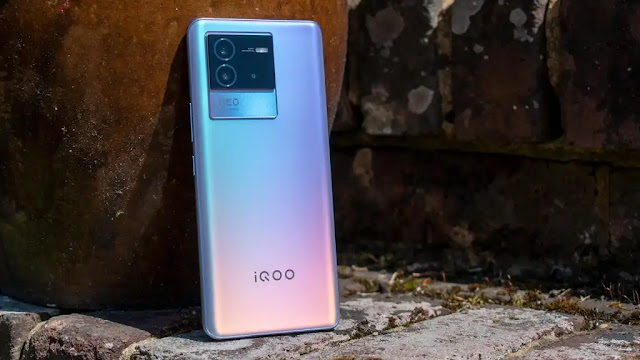



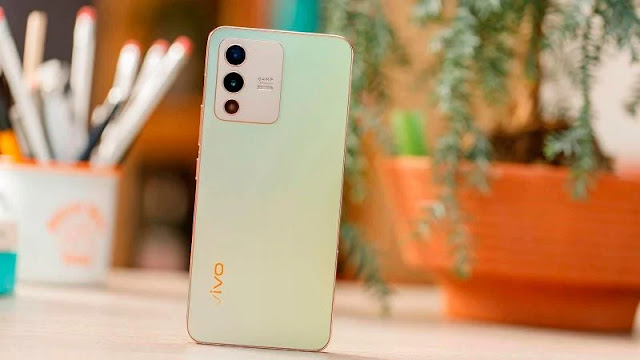
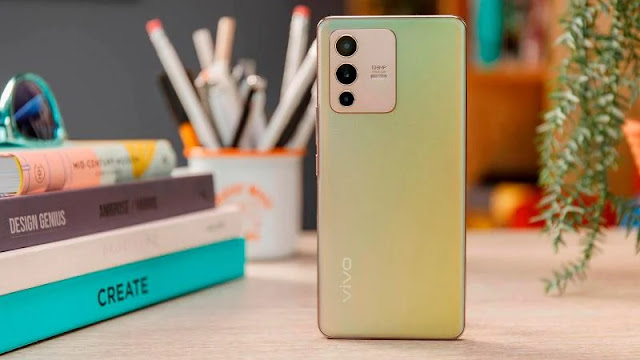
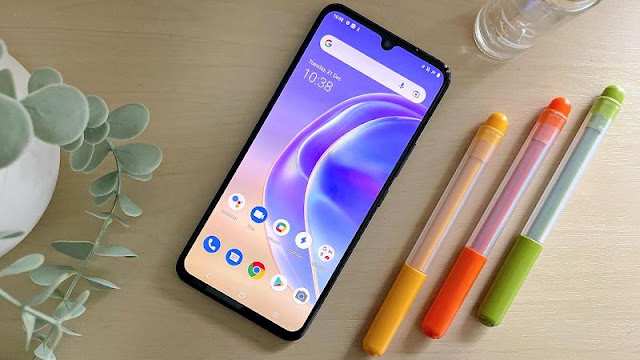
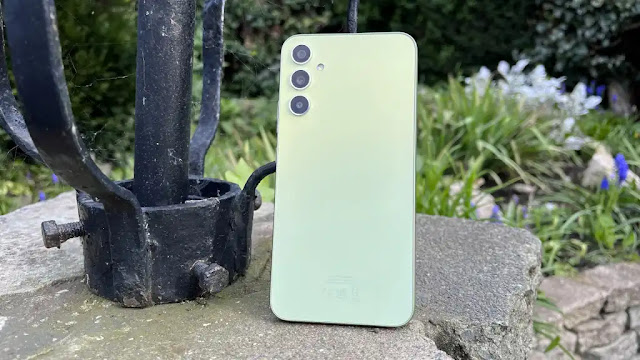

0 comments:
Post a Comment